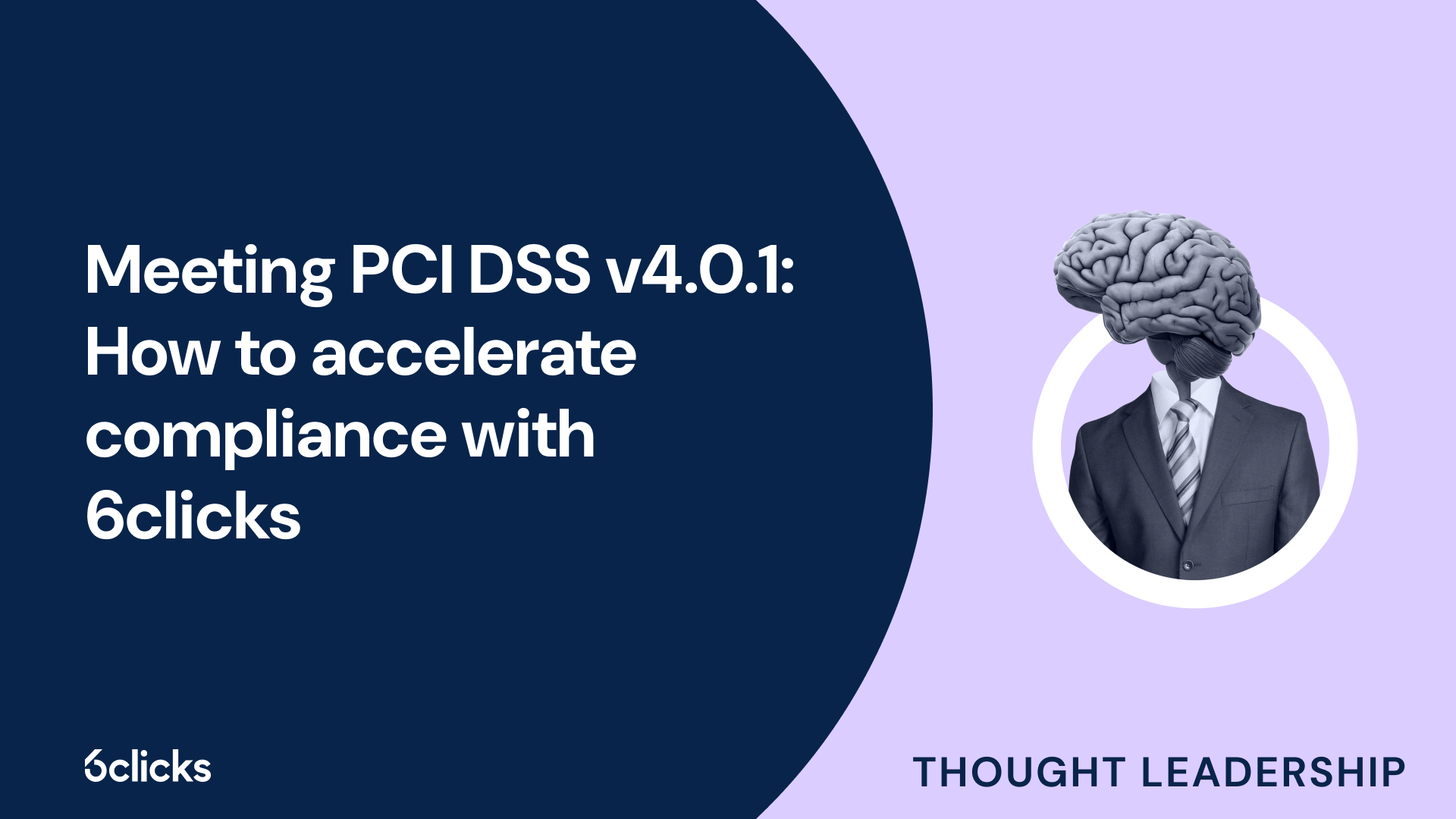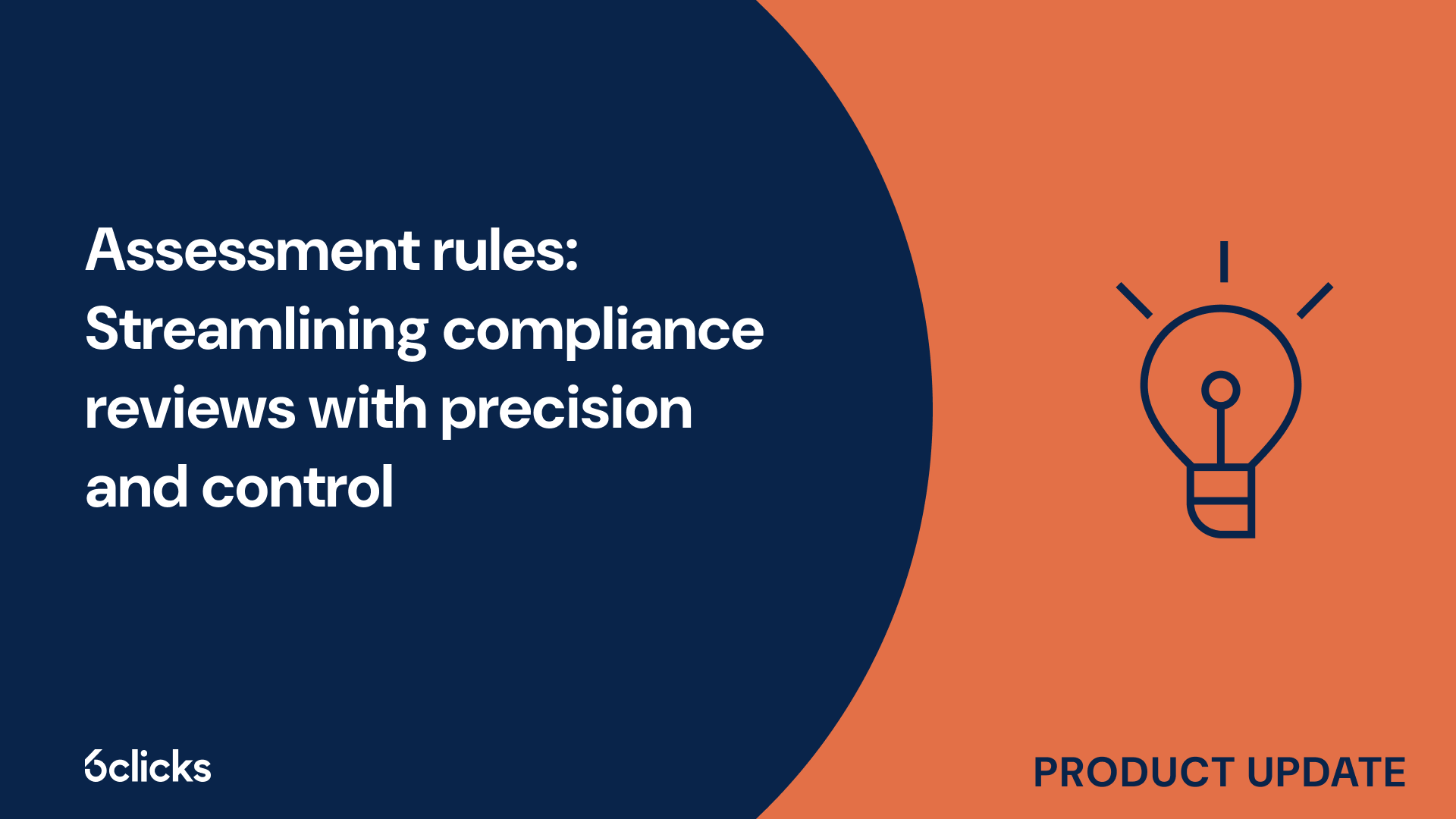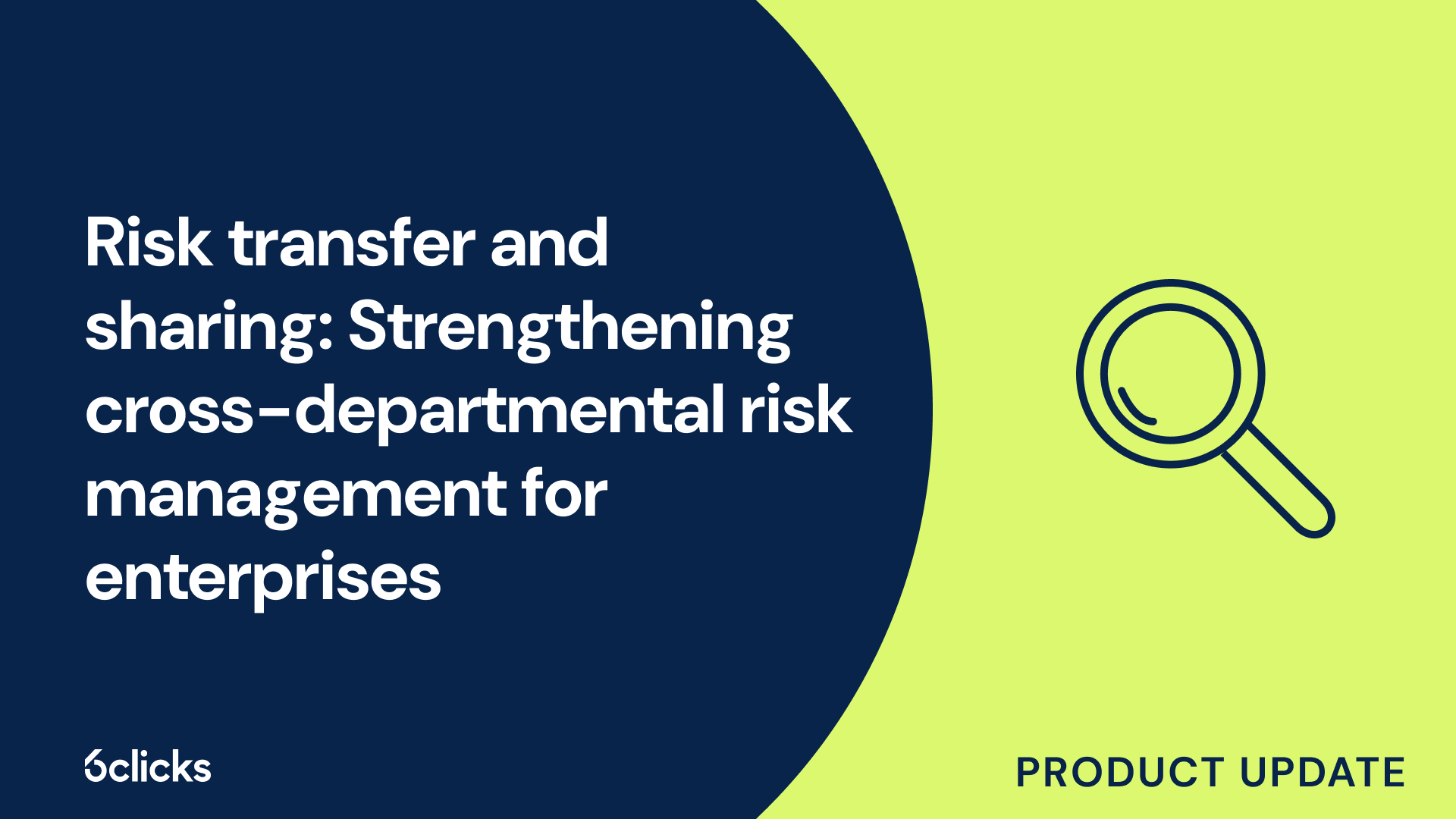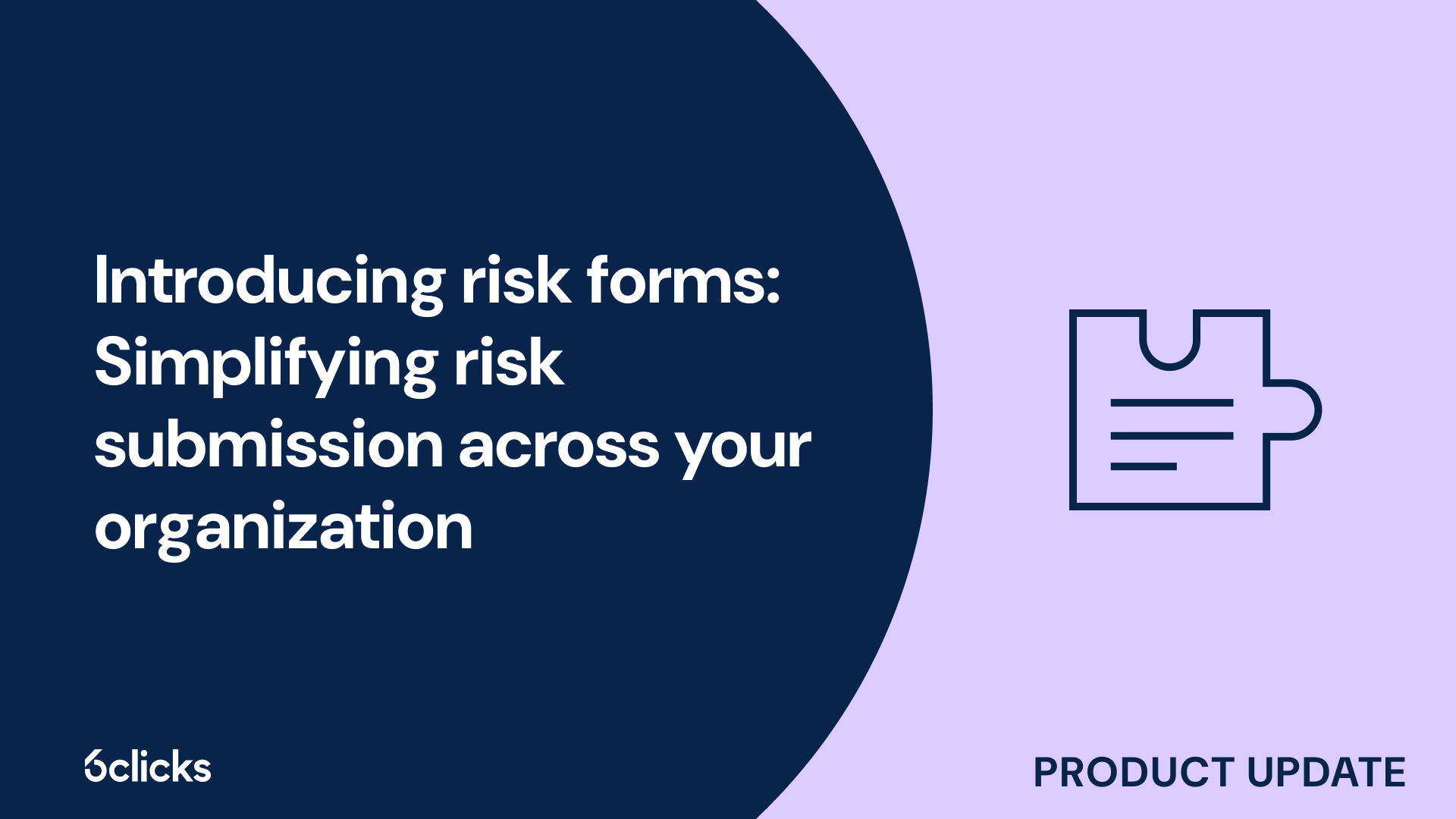Cyber resilience with NIST CSF in 2025
Master cyber resilience in 2025 with this expert guide to the NIST Cybersecurity Framework. Learn how to assess risk, improve security posture, and automate compliance with AI-powered solutions from 6clicks.
-1.png?width=200&height=249&name=Group%20193%20(1)-1.png)
Cyber resilience with NIST CSF in 2025
NIST and ISO 27000 both provide frameworks for organizations to better manage their risk, but they approach it from different angles.
NIST: The National Institute of Standards and Technology (NIST) Cybersecurity Framework (CSF) is a voluntary framework that provides guidance for organizations on how to manage their cyber security risks. The NIST CSF provides a set of standards, guidelines, and best practices for organizations to implement in order to protect their systems and data from external threats. The framework is based on the NIST Risk Management Framework and is designed to help organizations identify, assess, and manage cyber security risks.
ISO 27000: ISO 27000 is an internationally recognized approach for establishing and maintaining an Information Security Management System (ISMS). This approach is based on a set of standards, guidelines, and best practices that provide organizations with a comprehensive framework to manage their information security risks. The ISO 27000 series also includes a certification process that allows organizations to demonstrate compliance with the standards.
How They Work Together: NIST and ISO 27000 both provide frameworks for organizations to better manage their risk, but they approach it from different angles. The NIST CSF focuses on the technical aspects of risk management, while ISO 27000 provides a more comprehensive approach that includes both technical and non-technical aspects.
Organizations can use the two frameworks in combination to create a more robust and comprehensive risk management strategy. The NIST CSF can be used to identify and assess technical risks, while ISO 27000 can be used to establish and maintain a comprehensive ISMS. By combining the two frameworks, organizations can create a comprehensive approach to managing their cyber security risks.


.jpg?width=302&height=170&name=eBook%20Title%20-%20ISO%2027002%20expert%20guide%20eBook%20(1).jpg)






